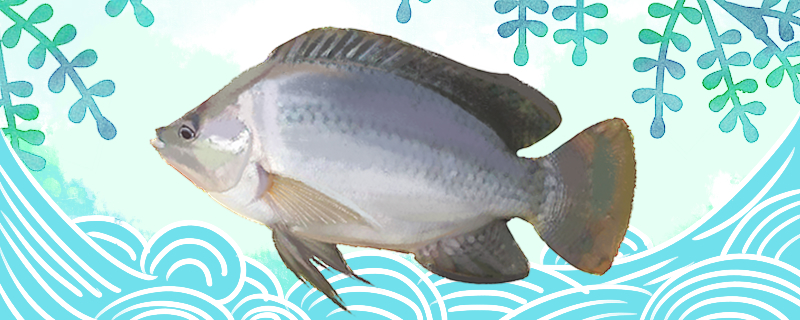
Fish bubbles, also known as swim bladders, are one of the organs of fish, which can store a certain amount of air and release it, and fish can adjust their position in the water through the entry and exit of air. That is to say, the main function of this structure is to regulate the depth of fish in the water. However, although fish have some structures in common, fish bubbles are not one of them, because some fish do not have fish bubbles.
Generally speaking, many bony fish have fish bubbles, while many cartilaginous fish do not have fish bubbles, but there are exceptions. Tilapia, for example, is an exception, because they are bony fish, but they do not have fish bubbles. Because tilapia do not have fish bubbles to adjust their depth and position, they can only keep their balance by swimming constantly when they live in the water, and generally can not be completely static. Fish bubble is more important for fish, and it is not convenient without fish bubble. When tilapia are in a state of illness, there may be problems in maintaining balance, at which time they may have symptoms of rollover and floating.
above, tilapia do not have fish bubbles, but they have fishing lines. Fishing line is also one of the important organs of fish, which is distributed on one side of their body and arranged by some small holes. Fishing line plays a very important role in fish perception, which can perceive some signals that fish ears can not perceive. For tilapia, the fishing line is also very important. When natural enemies approach them in the water, tilapia can sense them in advance through the fishing line. This fishing line is non-toxic, so there is no need to worry about it being harmful to humans. If they are used as food, they can be removed or not.